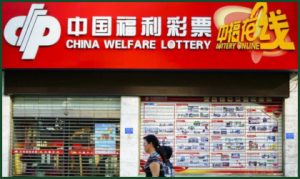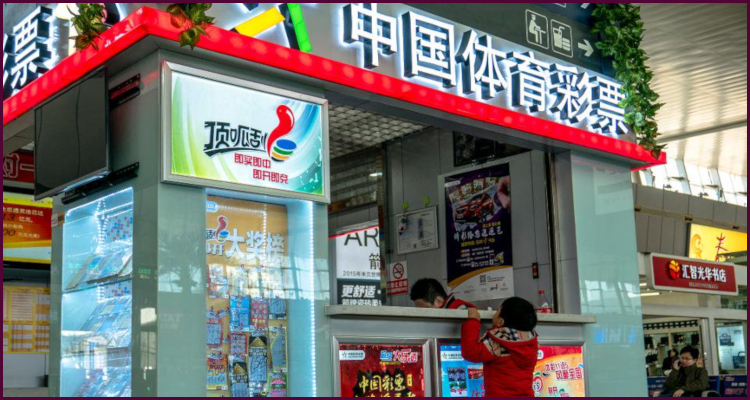In China, last month reportedly saw aggregated lottery product sales decrease by some 13.7% year-on-year to approximately ¥35.99 billion ($5.21 billion) with comparative figures improving in only two of the giant country’s 31 mainland provinces.
Pair plummets:
According to a report citing official figures from the Asian nation’s Finance Ministry, the China Welfare Lottery was the biggest April loser as its total monthly sales fell by 17.4% year-on-year to about ¥16.29 billion ($2.35 billion) although the performance of the China Sports Lottery was not much better as its tally of almost ¥19.71 billion ($2.85 billion) represented a decline of some 10.4%.
Trimester trials:
The government data moreover showed that the April results had brought combined sales for both of the state-sponsored lotteries since the start of January to only ¥142.31 billion ($20.59 billion), which worked out as a reduction of 2.5% year-on-year. This diminution was purportedly led by a comparable 9.2% drop-off at the China Welfare Lottery to ¥65.35 billion ($9.45 billion) while the ¥76.96 billion ($11.13 billion) collected by its China Sports Lottery compatriot signified a descent of some 4.1%.
Guangdong maintains:
GGRAsia reported that Guangdong Province, which is the most populous in China, led the way when it came to lottery product sales last year although its April figure represented a comparative drop of about 16.8%. Regarding the initial four months of the year, the official figures purportedly showed that this area’s over 104.3 million inhabitants had spent some ¥13.11 billion ($1.89 billion) on the China Sports Lottery and China Welfare Lottery, which equates to a year-on-year reduction of about 7.8%.
Jiangsu Province is now standing in second spot as its residents managed to rack up four-month lottery product sales of approximately ¥12.02 billion ($1.73 billion), which represents a rise of around 0.3% year-on-year, although it is being closely followed by Shandong Province courtesy of a recent 5.5% rise pushing its comparable figure beyond ¥11.58 billion ($1.67 billion).


